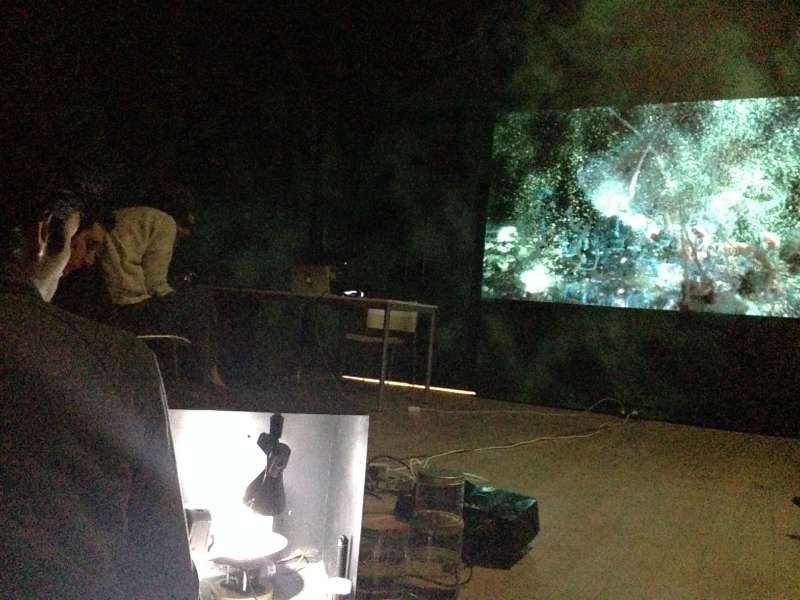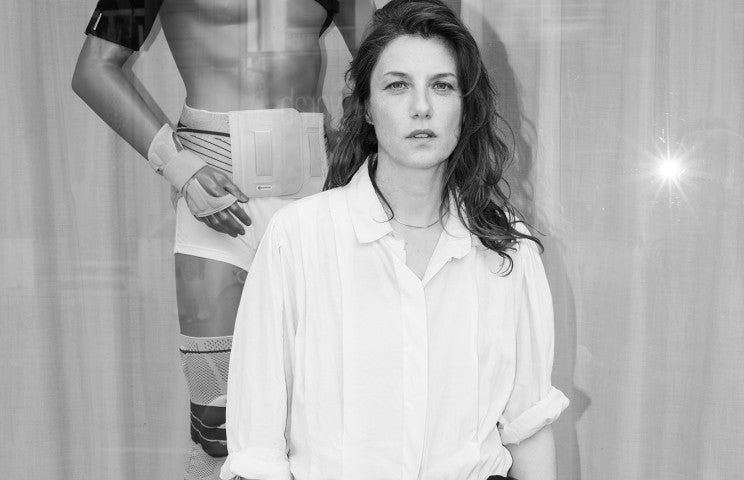Kapwani Kiwanga / Hicham Berrada
Nature has often been opposed to culture, the former considered a biological given, a set of innate characteristics used by essentialist theories to justify inequalities related to social position or ethnicity, the latter seen as the outcome of a ceaseless process of transformation.
With Simone de Beauvoir’s Second Sex, Judith Butler’s Gender Trouble and Elisabeth Badinter’s XY: On Masculine Identity, we learned that gender was not limited to the natural difference between the sexes but also resulted from a cultural phenomenon, a performance assigning everyone a predetermined role that had to be endorsed. Nature as well as humankind are ever changing: one undergoes ecological transformations while the other evolves towards a human being augmented by a technique that affects the body. This fourth session in the Partitions (Performances) series approaches the question with two sharply contrasting propositions.
Kapwani Kiwanga / Les chroniques de Black Star
In 2012 Kapwani Kiwanga presented the performance Afrogalactica : un abrégé du futur at the foundation. She is coming back this year to perform the second part of her series of Afro-futuristic lectures titled Les chroniques de Black Star. This time, she will examine the history and future of gender through the figures of cyborgs and gene-traders, but also the effects of gender on the development of inter-galactic societies descended from the Spatial Agency of the United States of Africa.
Kapwani Kiwanga (1978) was born in Hamilton, Canada. She currently lives in Paris. For several years, she has been doing research on musician Sun Ra, who claimed extra-terrestrial origins (Saturn, to be specific) and advocated an “astro-black” philosophy. In her series of performances “Afrogalactica,” the artist played the part of a twenty-second-century anthropologist, testifying from the future about her research on the past. After studies in comparative anthropology and religion at McGill University (Montreal, Canada), Kiwanga directed documentary films for the BBC and Channel 4 in the early 2000s. She then developed an artistic practice borrowing from scientific methodologies or diverting them towards alternative realities. She is a graduate of Le Fresnoy and took part in the post-graduate program of the Ecole nationale supérieure des beaux-arts de Paris, “La Seine.” An exhibition of her work took place at the Jeu de Paume as part of Nataša Petrešin-Bachelez’s program Satellite from June 3 to September 14, 2014.
Hicham Berrada / Présage
With Présage, artist and chemist Hicham Berrada takes the audience on a journey into artificial landscapes that transform before our eyes thanks to chemical substances. Between nature and its simulacrum, these precipitates form strange cosmogonies, unless they reveal singular aquatic systems. In a kind of reverse ecology, chemical substances offer new hypotheses about nature rather than destroy it.
Hicham Berrada was born in Casablanca in 1986. He lives in Paris and is currently in residence at the Villa Medicis in Rome.
Berrada uses chemical products the way a painter may use colors, reinventing the landscape through a skillful play with precipitates. His videos or performances are designed as theaters for ever-changing landscape formations. After graduating from Casablanca’s Lyautey high school with a specialization in science, he studied at the ENSAAMA-Olivier de Serres and at the Atelier de Sèvres. He was admitted at the Ecole nationale supérieure des beaux-arts de Paris, then at Le Fresnoy – Studio national des arts contemporains, where he completed his training in 2013. Berrada is the recipient of several awards. His work has been exhibited at the Fondation Abderahman Slaoui in Casablanca (2012) and at the Palais de Tokyo (2013). Two of the pieces that were just purchased by the Mac-Val for its collections are currently on display at the museum.








